Ditapis dengan
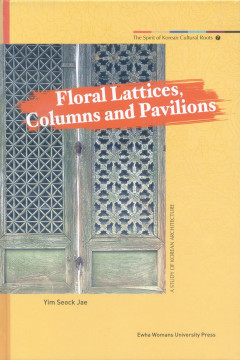
Floral Lattices, Columns and Pavilions: A Study of Korean Architecture
The most unique characteristic of the pavilion is that there is no distinction between the inner and outer space. The ultimate purpose is to become one with nature. What makes this possible is the typology of the pavilion – a building constructed with only the structural frame and no walls. The courage to eliminate walls and to create a building with only the most basic frame work would be im…
- Edisi
- -
- ISBN/ISSN
- 89-7300-625-8 04610
- Deskripsi Fisik
- 128 p. : ill. ; 19 cm.
- Judul Seri
- (The Spirit of Korean Cultural Roots 7)
- No. Panggil
- 720.519 JAE f
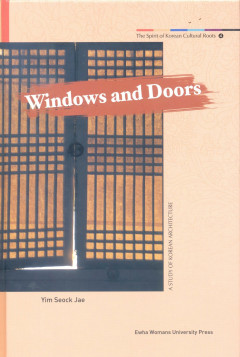
Windows and Doors: A Study of Korean Architecture
This book can help to broaden and deepen the readers’ appreciation for traditional Korean architecture. The lattice and frame are at the heart of traditional Korean window architecture. The lattice serves an ornamental function through its patterns, and its decorative quality may be either purely formative or symbolic.
- Edisi
- -
- ISBN/ISSN
- 89-7300-622-3 04610
- Deskripsi Fisik
- 137 p. : ill. ; 19 cm.
- Judul Seri
- (The Spirit of Korean Cultural Roots 4)
- No. Panggil
- 720.519 JAE w
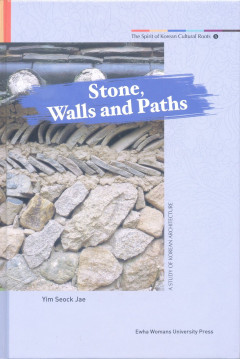
Stone, Walls and Paths: A Study of Korean Architecture
This book obeserved about Korea’s traditional architecture, wood and stone, both the two most representatives natural materials. Crooked logs are used as columns, and stone is artificially shaped as little as possible so that it remains close to its natural state. There are two major architectural meanings of natural materials in Korea’s traditional architecture: one is the aesthetic of tem…
- Edisi
- -
- ISBN/ISSN
- 89-7300-623-1 04610
- Deskripsi Fisik
- 144 p. : ill. ; 19 cm.
- Judul Seri
- (The Spirit of Korean Cultural Roots 5)
- No. Panggil
- 720.519 JAE s
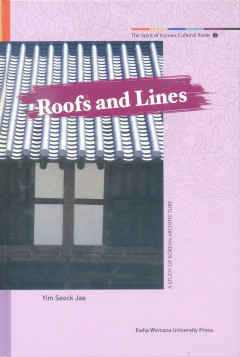
Roofs and Lines: A Study of Korean Architecture
book explain about the unique Korean Line, which is referred to as ”seon”, is found in all genres of Korean traditional art. It is embedded in the minds of the Korean people and existed even before the creation of artworks. Seon is an integral part of the vocabulary expressing the innate ”Korean-ness” of our people.
- Edisi
- -
- ISBN/ISSN
- 89-7300-621-5 04610
- Deskripsi Fisik
- 142 p. : ill. ; 19 cm.
- Judul Seri
- (The Spirit of Korean Cultural Roots 3)
- No. Panggil
- 720.519 JAE r
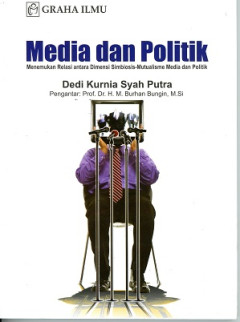
Seowon: The Architecture of Korea’s Private Academies
The author is interested in how architectural themes and ideas are carried over from the past, and his research focuses on how the architecture of each historical period creates new forms while grounding itself in the architecture of previous periods. Another facet of his research deals with the topical and cultural contexts in wich architecture is created, and how architecture can influence th…
- Edisi
- -
- ISBN/ISSN
- 1-56591-219-5
- Deskripsi Fisik
- 201 p. : ill. ; 24 cm.
- Judul Seri
- (Korean Culture Series 2)
- No. Panggil
- 722.13 LEE s
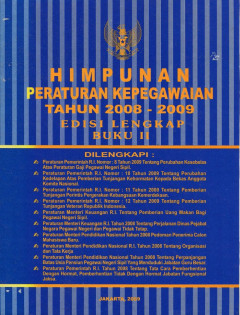
Hanoak: Traditional Korean Homes
This book has been written by the faculty members who teach housing and interior design in several Korean universities to inform the world on the Korean traditional house and interiors. The main chapters are on the Korean traditional way of space planning and furniture arrangement. Also, the chapters focus on the fact that nature and socio-cultural background have been the major factors in form…
- Edisi
- -
- ISBN/ISSN
- 978-1-56591-102-4
- Deskripsi Fisik
- 240 p. : ill. ; 26 cm.
- Judul Seri
- -
- No. Panggil
- -
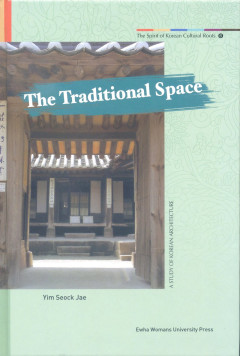
The Traditional Space: A Study of Korean Architecture
Korea’s traditional space can be summed up in two words – emptiness and formlessness. They also represent the traditional mindset of the Korean people. Emptying and non-definitiveness are incorporated in the teachings of Confucianism, Buddhism and Taoism, and are core values of the letter two.
- Edisi
- -
- ISBN/ISSN
- 89-7300-624-x 04610
- Deskripsi Fisik
- 140 p. : ill. ; 19 cm.
- Judul Seri
- (The Spirit of Korean Cultural Roots 6)
- No. Panggil
- 720.519 YIM T
 Karya Umum
Karya Umum  Filsafat
Filsafat  Agama
Agama  Ilmu-ilmu Sosial
Ilmu-ilmu Sosial  Bahasa
Bahasa  Ilmu-ilmu Murni
Ilmu-ilmu Murni  Ilmu-ilmu Terapan
Ilmu-ilmu Terapan  Kesenian, Hiburan, dan Olahraga
Kesenian, Hiburan, dan Olahraga  Kesusastraan
Kesusastraan  Geografi dan Sejarah
Geografi dan Sejarah